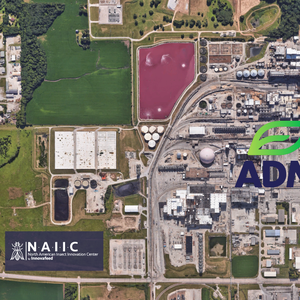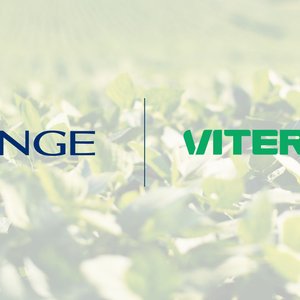In its first national review of Australian aquaculture since 1997, ABARE has found that the gross value of production of the industry has jumped by more than $300 million in the past five years.
When releasing the report, Australian Aquaculture: Industry Profiles for Selected Species, ABARE’s Executive Director, Dr Brian Fisher said, ‘The gross value of aquaculture production now totals $733 million at the farm gate and accounts for 30 per cent of Australian fisheries’ annual production of $2.4 billion’
The largest fish farming sectors are southern bluefin tuna, Atlantic salmon, barramundi and trout, while farmed prawns, pearling and edible oysters round out the list of the top seven sectors by value of production. Farming of native inland finfish such as silver perch, murray cod, golden perch and jade perch is increasing, along with production of freshwater crayfish (yabbies, redclaw and marron). However, Dr Fisher noted that, ‘Some of the most exciting developments are occurring on the coast and offshore, where the sea cage farming of barramundi in the Northern Territory and yellowtail kingfish in South Australia, and the farming of abalone and shellfish in the southern states is showing considerable promise’.
He also said that, ‘The industry faces a number of challenges if it is to increase production significantly as envisaged by the federal government’s Aquaculture Industry Action Agenda. Access to production sites, concern about environmental impacts, streamlining regulatory processes, attracting investment capital and achieving economies of scale in the marketing chain are all issues that the industry will need to address. Also, sectors that have provided much of the growth in recent years, such as southern bluefin tuna and Atlantic salmon, face the challenge of overcoming production constraints and adjusting to changing market conditions.
Dr Fisher acknowledged the information provided for the report by the state and territory government departments responsible for aquaculture and the main aquaculture industry councils and producer associations, and the funding provided by the Fisheries Resources Research Fund.
For copies of eReport 03.8, Australian Aquaculture: Industry Profiles for Selected Species, please visit the ABARE web site www.abareconomics.com










